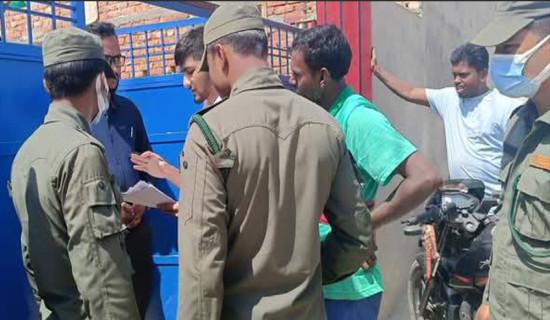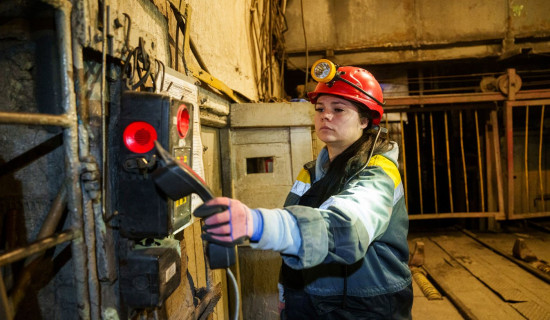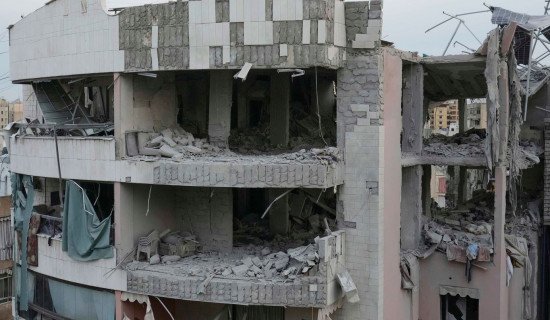- Wednesday, 2 April 2025
End Educational Inequity
Despite many affirmative actions, many marginalised communities in Nepal have failed to join the mainstream of development and politics. As a result, they have been denied fundamental rights essential to living a life of dignity and happiness. This implies that the fruits of inclusive development are yet to be enjoyed by all people irrespective of social, economic and ethnic status. Mushahars are such a disadvantaged community deprived of social, economic and educational facilities they are entitled to. They have been subjected to social exclusion and discrimination for ages, hindering their children's access to education. Due to widespread poverty, they have to struggle for subsistence, and as a result, they are unable to invest in their children's education.
Compelled to live under abject poverty, their minors are forced to do daily wage labour instead of attending schools. Hence, the government should introduce targeted programmes to provide income-generating opportunities and improve the livelihood of the Mushahar community. Only then can their children have better access to quality education. . As per study reports, almost 99 per cent of the Mushahar community are landless. Likewise, a girl from this community is doubly marginalised. Low household income and domestic workload among girl child hinder their access to education.
The government ensures compulsory and free education up to the basic level and free education at the secondary level. However, without introducing specific intervention programmes like free meals in the school, books and stationery, uniforms, and ways to provide nutritious meals to these children, the school enrolment rate cannot be increased, and the current school dropout rate cannot be reduced. Sustainable livelihood support is a must to provide income-generating activities to Mushahar community. Until and unless their economic condition is raised, uplifting the educational status of their children is not possible as social, educational, and economic aspects are interrelated.
The government should pay attention to vital registrations like birth, marriage and death as time and again news reports bring to light that due to lack of these vital registrations, the children of the community are unable to receive the benefits provided by the government. Better collaboration is needed among teachers, parents and local government to improve Mushahar children's access to education.
According to a news report, carried by this daily on Monday, the entire Mushahar community of Sripur has no SEE graduate, which demonstrates how dire the educational situation is. Jay Prakash Yadav, the principal of Shri National Secondary School in Shripur, said that although the enrollment campaigns are conducted at the beginning of each academic year, many parents do not send their wards to school. He emphasised that economic hardships, coupled with the deep-rooted practice of sending children to do menial work in India, have worsened the situation.
As per the reports, almost 90 per cent of Mushahar children cannot read or write. The schools in the community should particularly address the concerns of the Mushahar children that impede them from attending classes. The school dropout rate among Mushahar children is very high. Despite door-to-door campaigns for school enrollment, awareness campaigns, and the formation of mothers' groups to encourage children's school enrolment, the desired results have not been achieved. Although the government, NGOs, and other stakeholders have been working to improve this situation, the efforts do not seem to be enough, as a substantial change in the situation and education of children has not been seen.

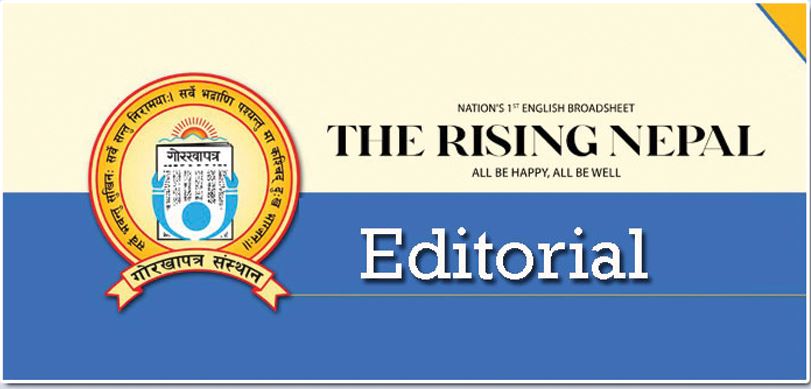




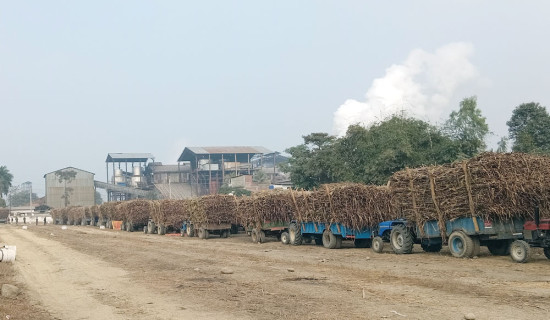


-original-thumb.jpg)


